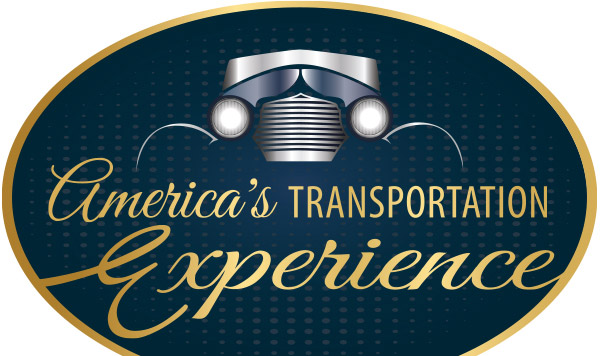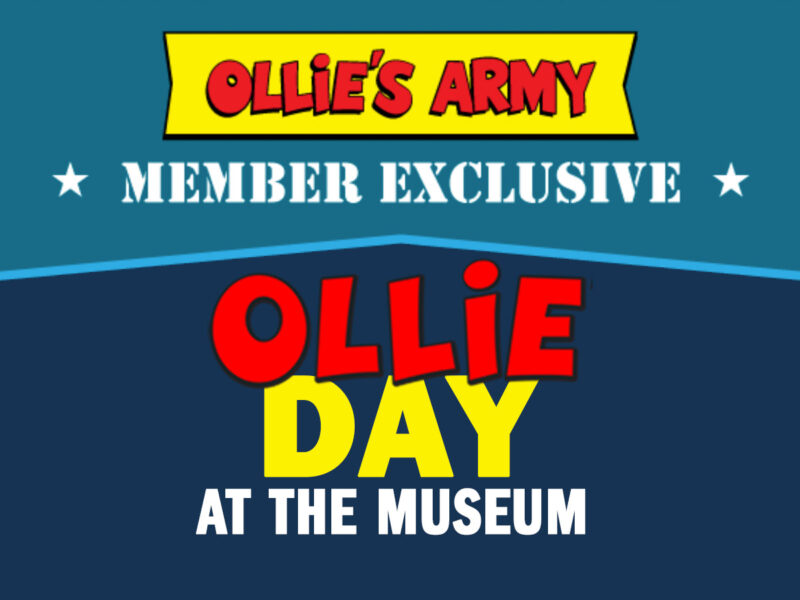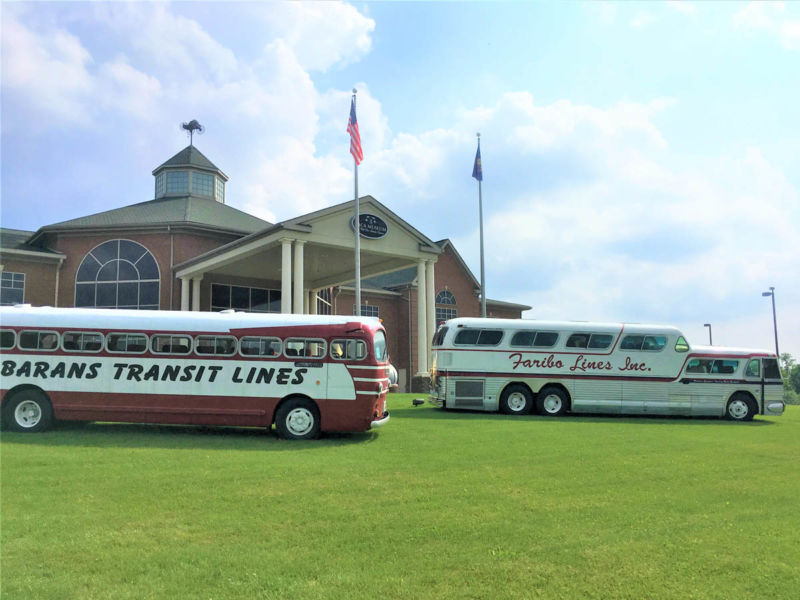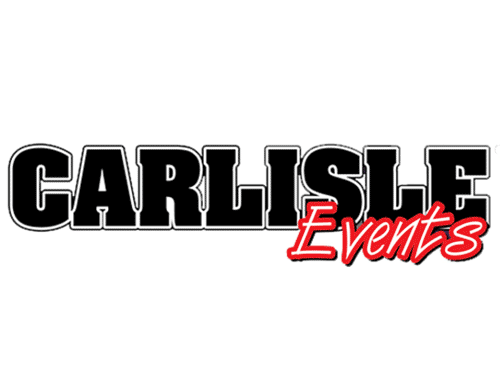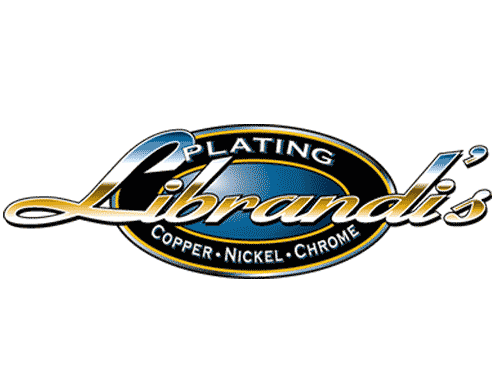
AACA MUSEUM, INC. · HERSHEY, PA

- This event has passed.
Event Series:
Museum ‘Live’ Talks
Museum Live: The Scenicruiser Story…and a Bit More!
May 11, 2024 @ 11:00 am – 12:30 pm
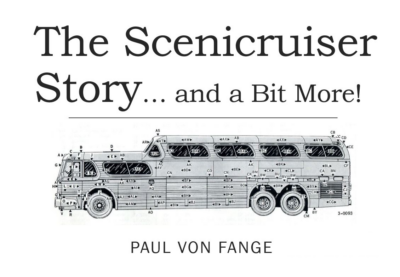
Join us on-site or online for a live webcast via Zoom from St. Paul, MN, with our special guest speaker, historian Paul von Fange. Paul is the author of “Scenicruising.” His transportation knowledge and compelling stories surrounding the iconic Scenicruiser will be fantastic!
UPDATED JUST NOW! Join Zoom Meeting
https://us06web.zoom.us/j/85053292913?pwd=GYatfL92NbUJTSUrmqmmTr2m0Uxvsb.1
Meeting ID: 850 5329 2913
Passcode: 123456
About the Scenicruiser
Greyhound was confronted with a new and different set of problems at the end of WWII. The war effort had revolutionized airplane technology. A growing economy was putting private cars on the vastly improved highway network in record numbers. Greyhound’s visionary president, Orville Caesar, knew that to survive in the coming age of the automobile, Greyhound needed something special to retain and attract customers. In partnership with General Motors, Greyhound hired famed designer Raymond Loewy to develop the iconic ”deck and a half” look that influenced bus design for generations to come… the PD4501 Scenicruiser.
Because GM used all of its engineering and manufacturing resources to help the war effort, their coach offerings at the beginning of the post-war era were similar to those they’d built in the late 1930s. While working with Greyhound to design the Scenicruiser, they incorporated some new technology and planned for what became the 35’ PD4104.
Regulations limited highway buses to 35’ on US highways, so while the PD4501 was developing, Greyhound mounted a successful nationwide effort to legalize 40’ coaches. The Scenicruiser was the first 40’ coach GM built. It was PD 4501.
Model Numbers
The PD model designated Parlor Diesel… a diesel-powered highway coach. At the time, GM also built some gasoline-powered buses in the PG series. The next two digits were the nominal number of passengers, while the last two were the model. Thus the PD4104 was a diesel-powered highway coach with space for 41 seats and the fourth model. In this case, other than the drive train, the 04 differed from its predecessor, the PD 4103.
The Scenicruiser had standard equipment such as air suspension, large passenger windows, massive luggage bays, integral engine-driven HVAC, power steering, silver siding, and a lavatory. The 4104 had a similar sleek look, even larger windows, and air suspension. AC, power steering, and a lavatory were optional but very popular.
A thousand ‘Scenics were built between 1954 and 1956, with 2 GM 471 diesels in tandem. Because the design was coordinated with Greyhound, none were sold (new) to other carriers. The 4104 debuted in 1954, and over 5,000 were built before it was replaced in GM’s lineup by the PD4106 in 1960.
The Scenicruiser’s complex drive train proved unreliable. In 1960, Greyhound contracted Marmon Herrington to repower the coaches with the newly developed 8V71… an engine that became the standard for the entire motorcoach industry until 1980. The 4104 was powered by a 671 Detroit Diesel mounted crosswise, the same proven power train used in several preceding models.
Until 1968, when MC7s began trickling in, the Scenicruiser was the only 40-foot coach model in the Greyhound fleet. As a result, it served longer (and harder) than most of its buses. Some reportedly exceeded two million miles of active duty. The Scenicruiser underwent several rounds of refurbishing, but by the early 1970s, Greyhound began selling these “experienced” coaches to private operators.
One of the early buyers of a used Scenicruiser was Clarence “Clancy” Cornell of Faribault, MN, for his Faribo Lines. Mr. Cornell went on to found ABC Companies, which has grown into one of North America’s largest new and used coach marketing organizations. ABC is Belgian bus manufacturer Van Hool’s exclusive North American distributor.
These two coaches revolutionized coach travel and influenced bus building for decades.
For those interested in the history of the Scenicruiser… “Scenicruising” by Paul von Fange (Copyright 2015 Lulu Press, Raleigh NC) is one of the most comprehensive accounts of the coach’s development and the big picture of the environment that created it.
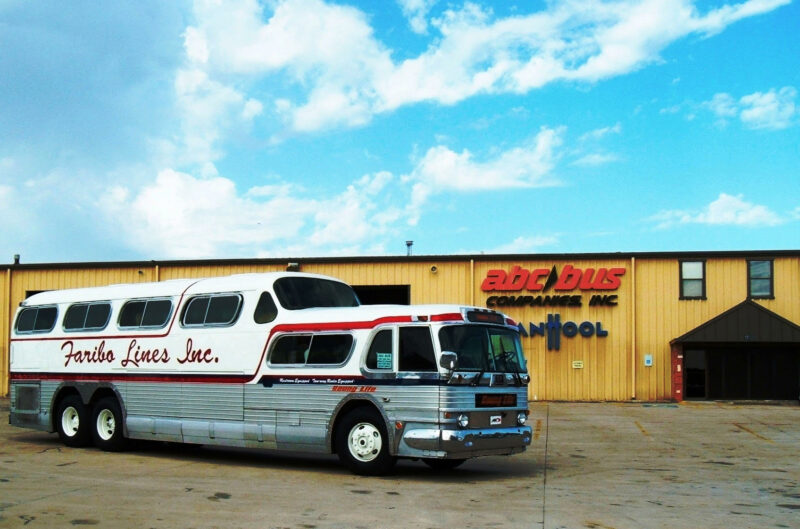

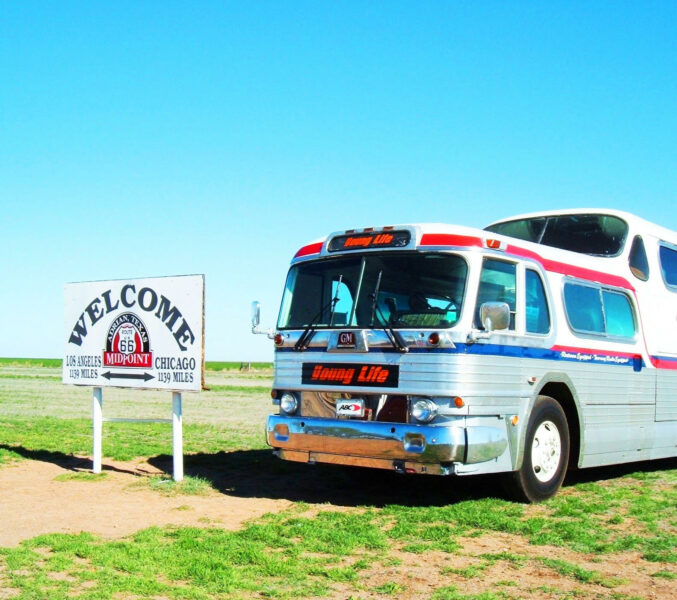

Free
